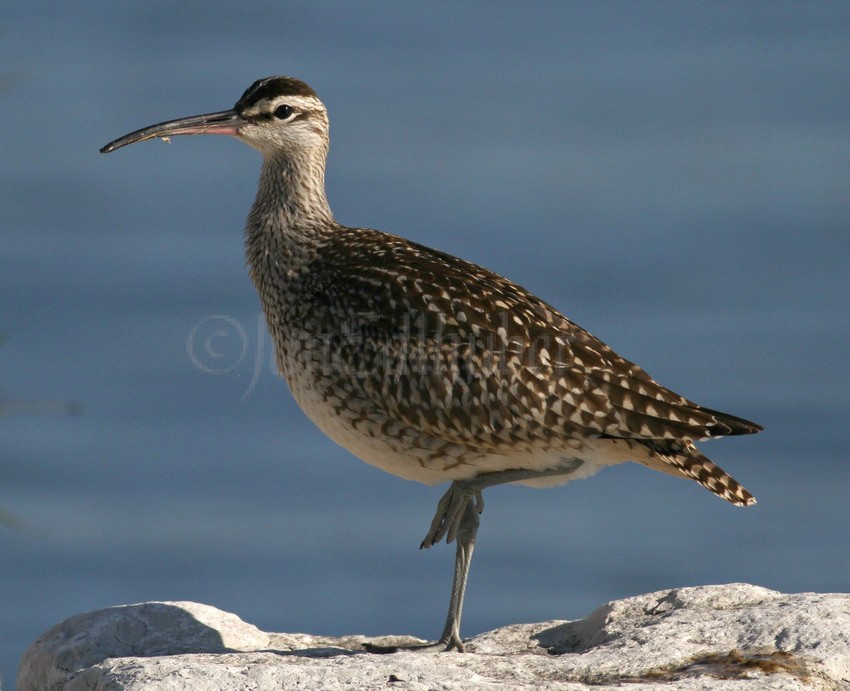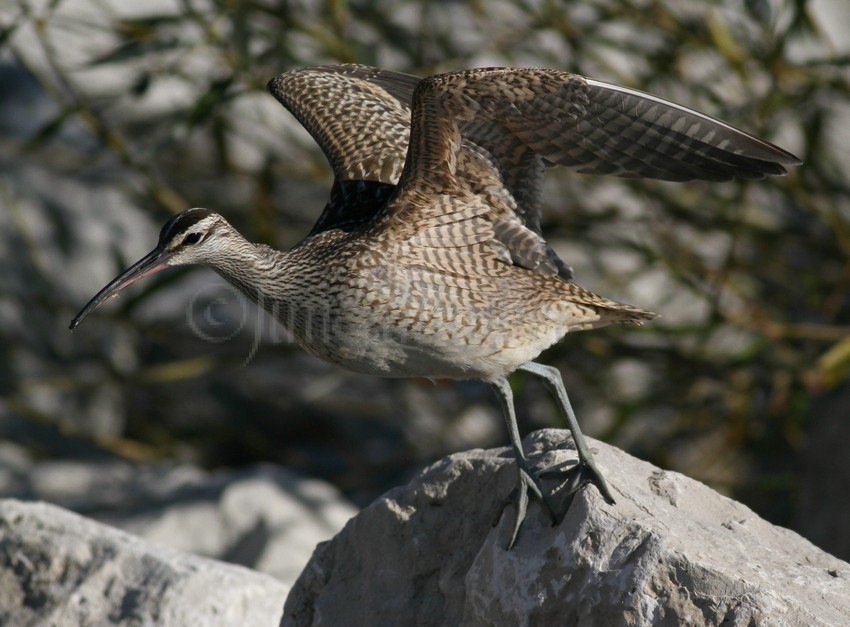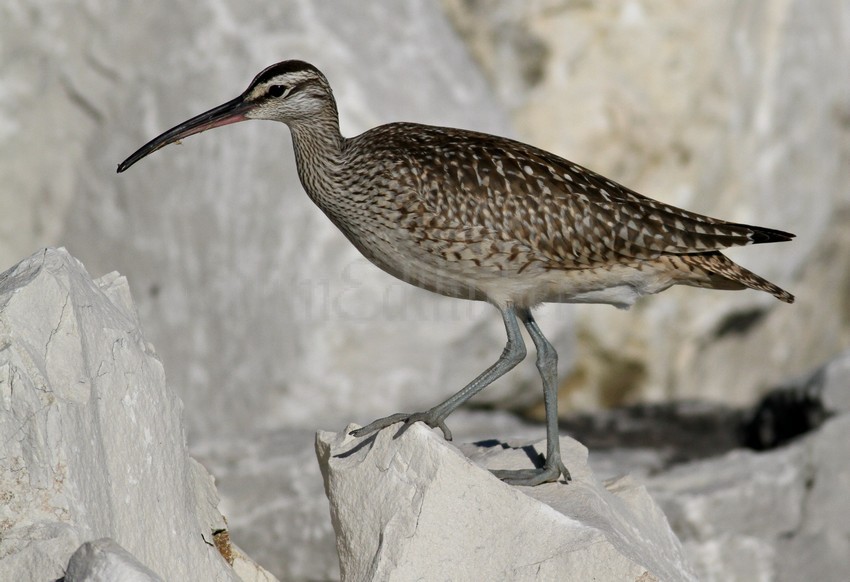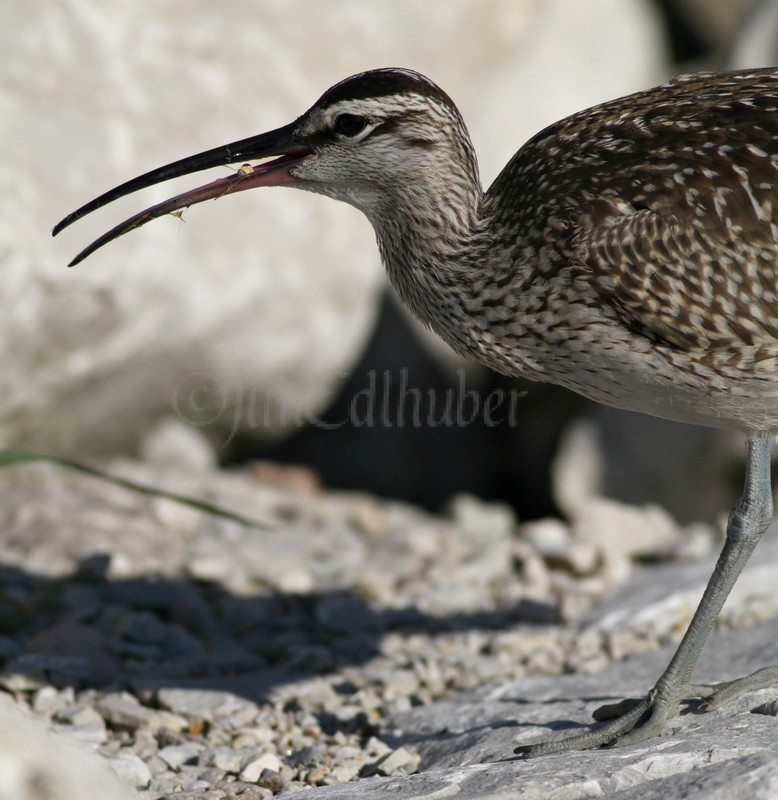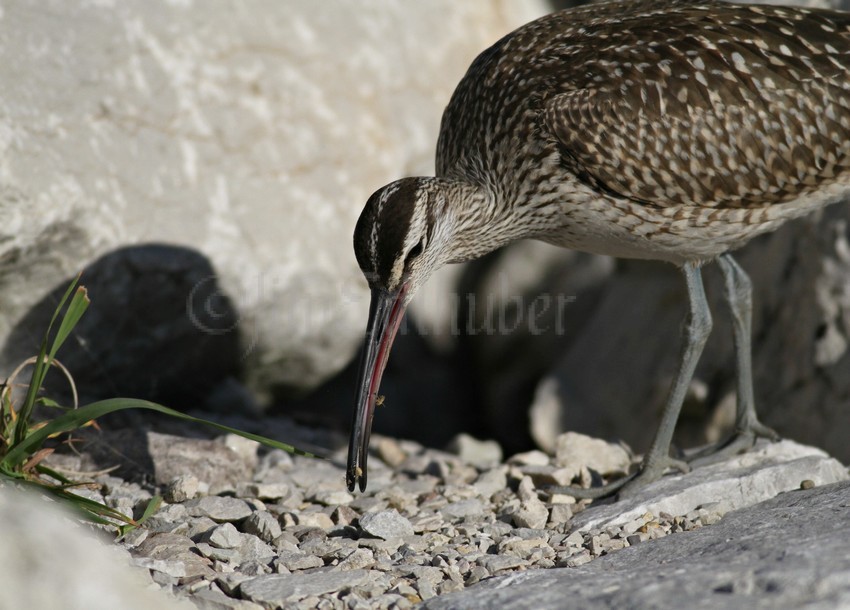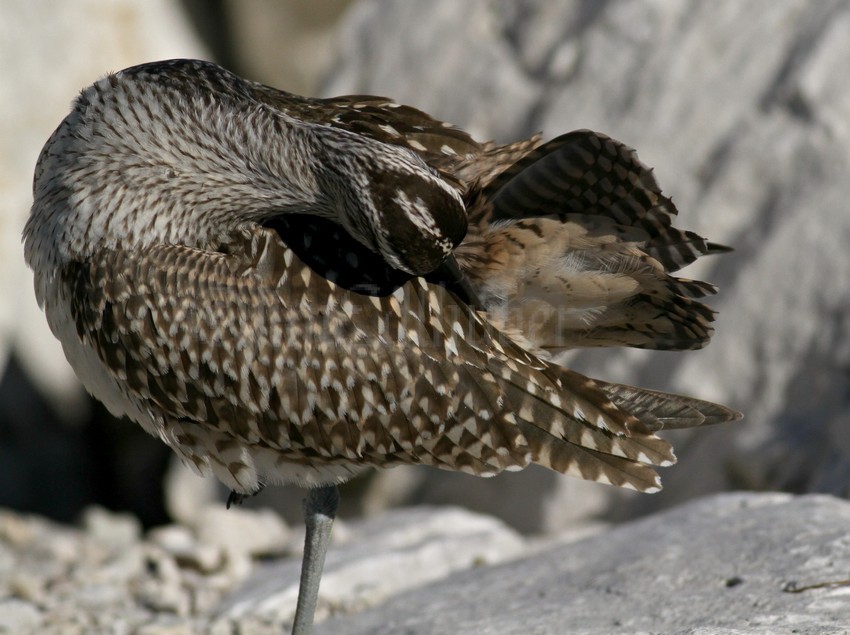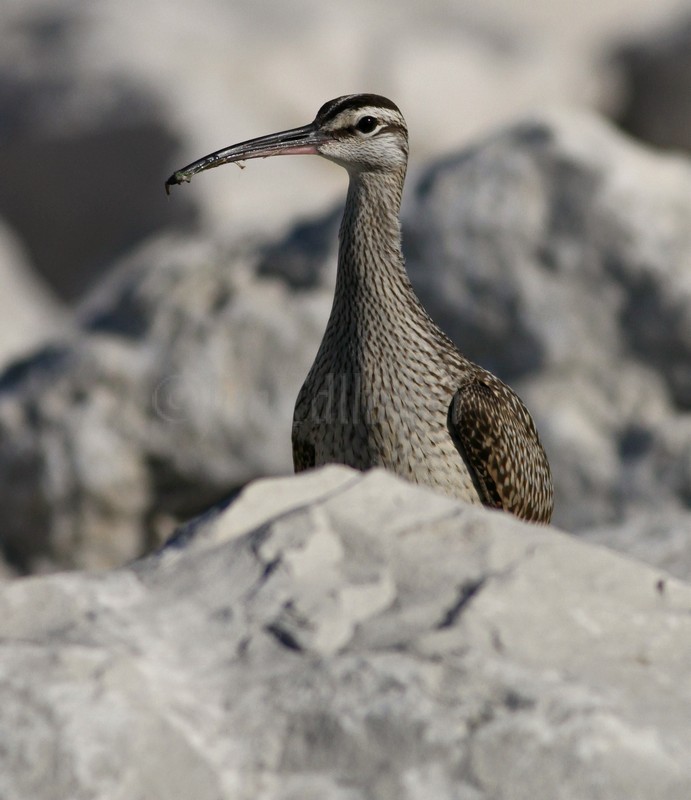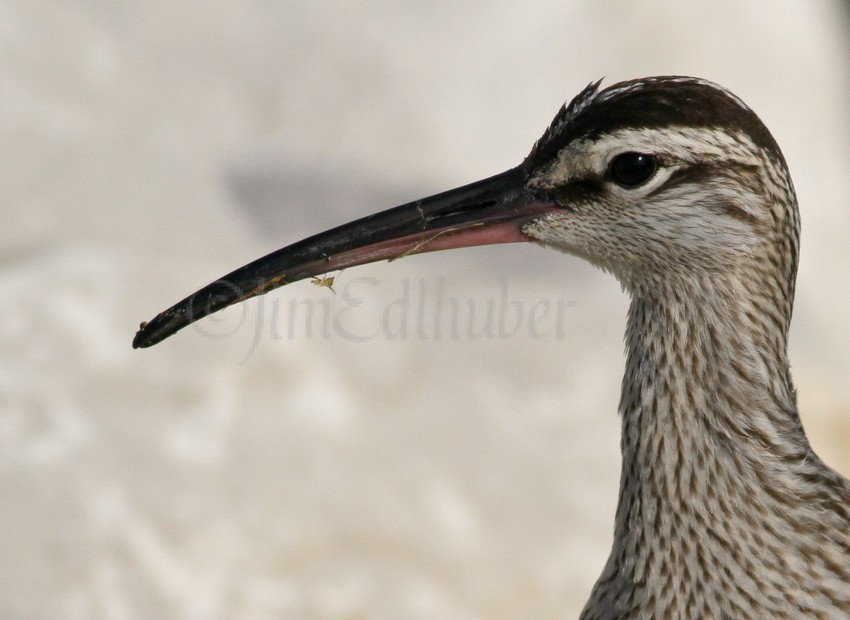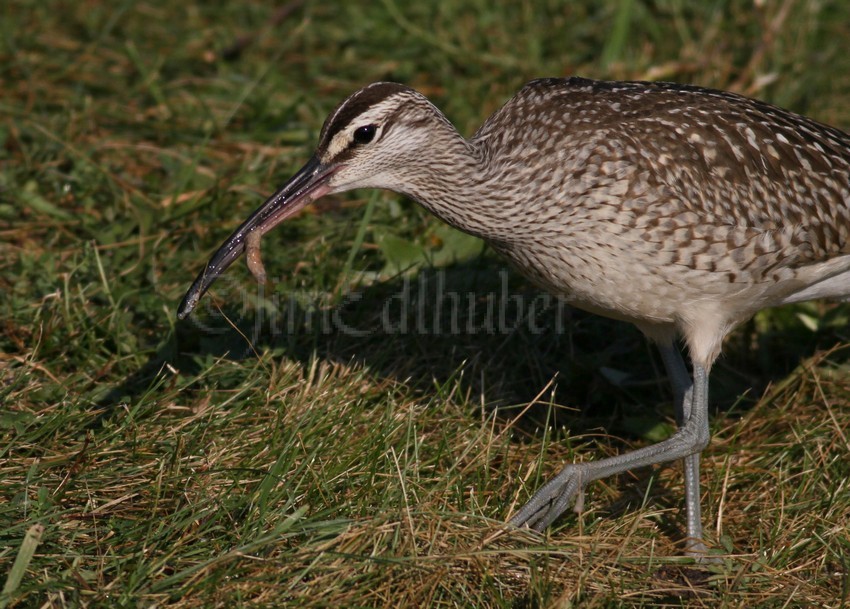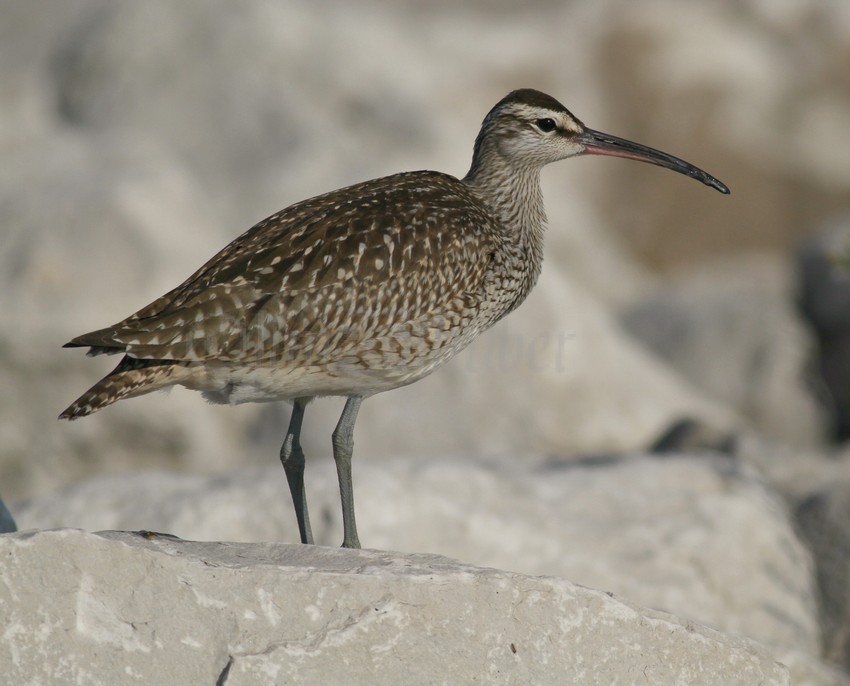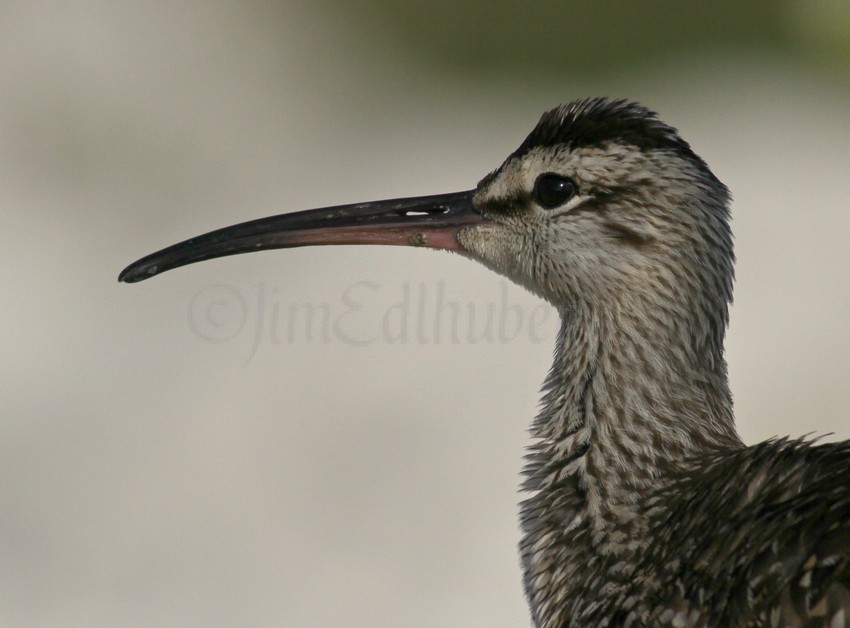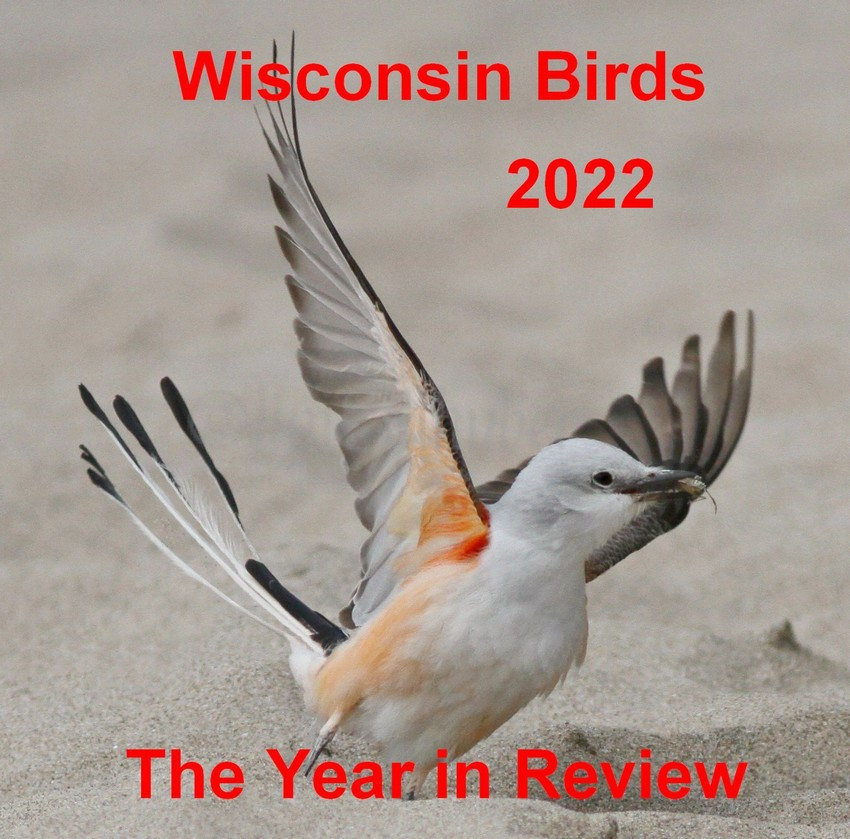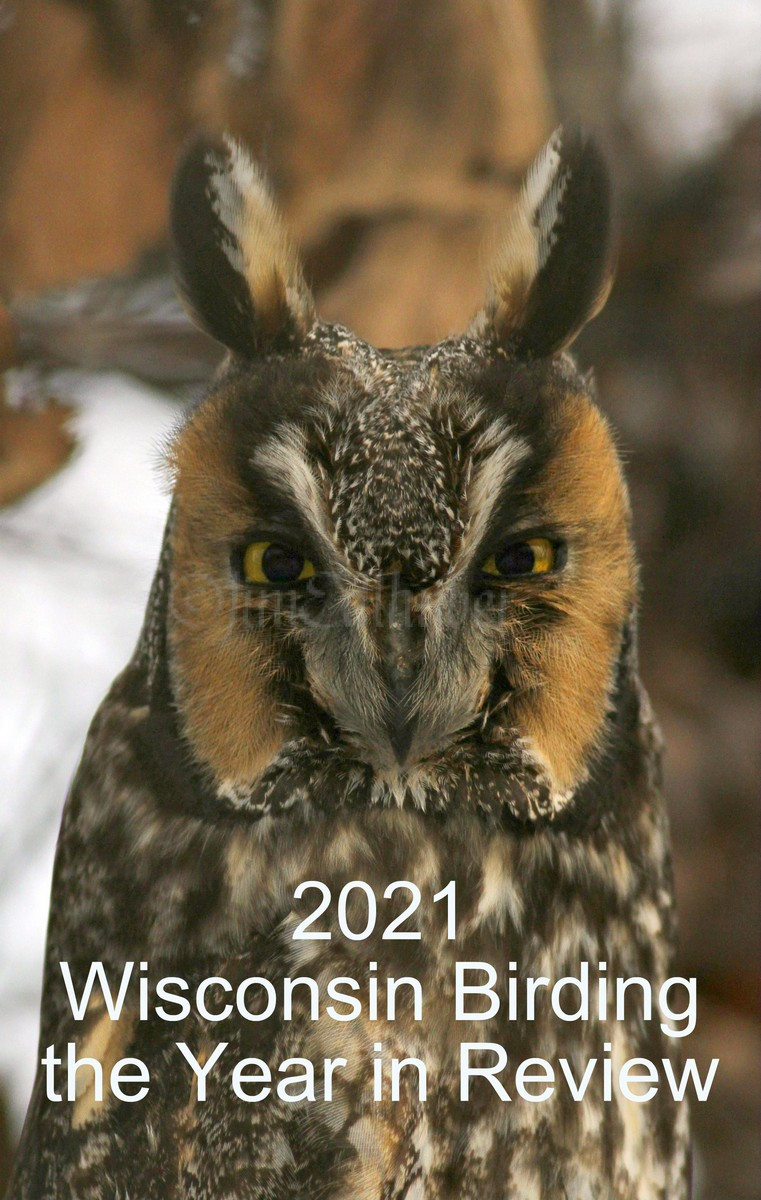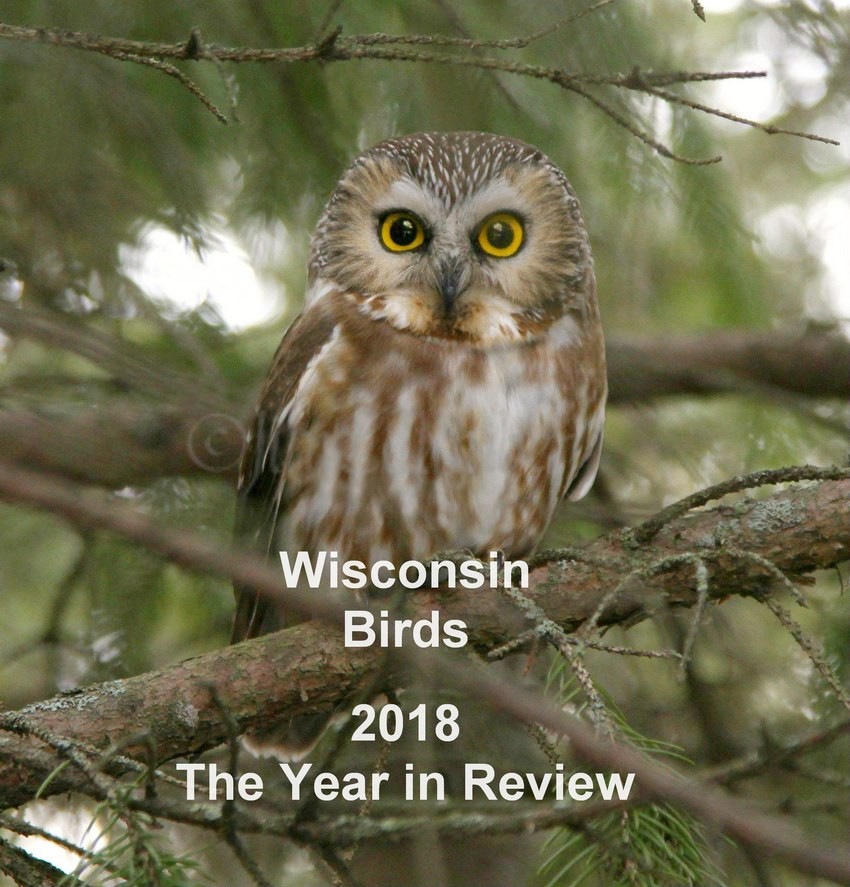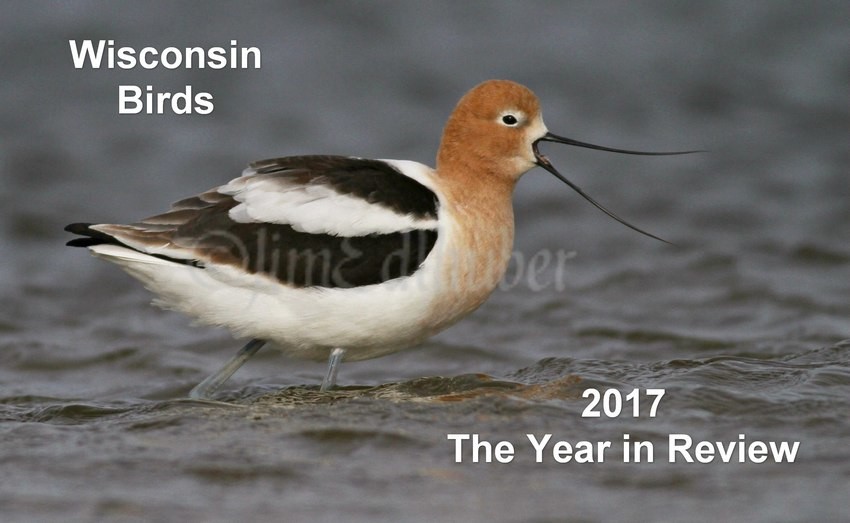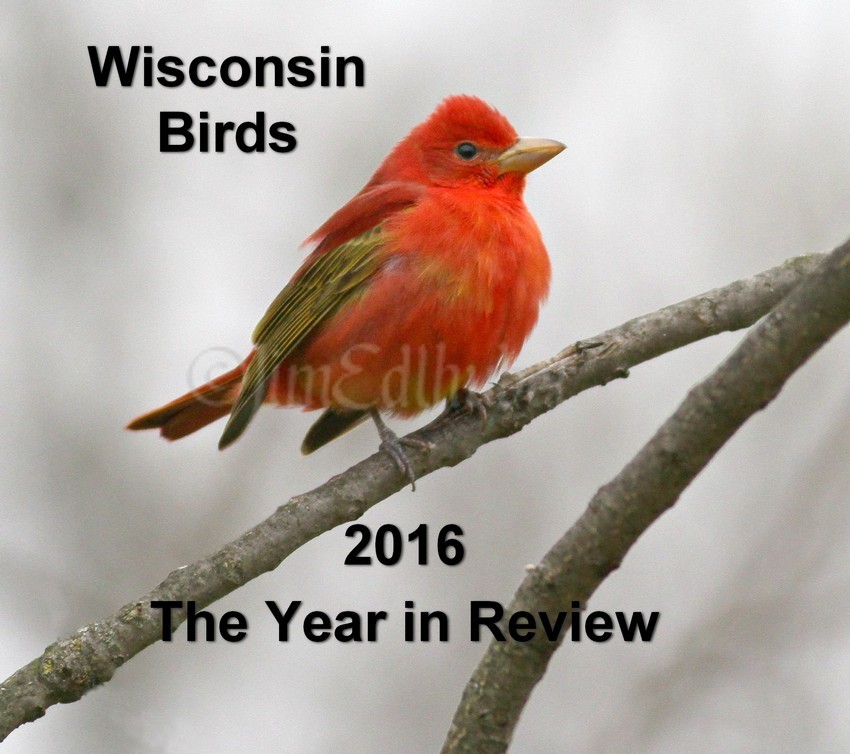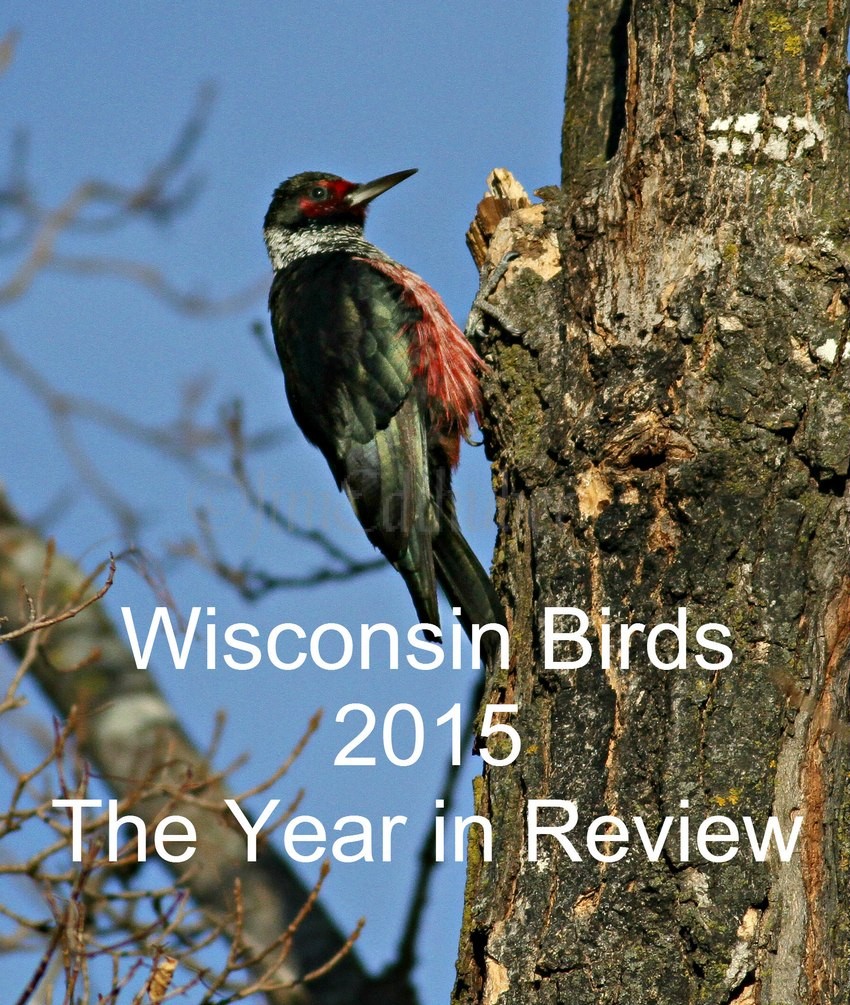I birded Lakeshore State Park in Milwaukee this morning about 7:30. I have not visited the park in well over 2 weeks. I ran into Bruce, and we walked the park for about an hour. We were just talking about the Whimbrel and having not seen it when out from nowhere it glided right over our heads and landed 50 feet away. It gave nice views and preened for some time, getting all the feathers in order. The Whimbrel also ate gravel for it digestive system which I had never saw before. The stones or gravel help in grinding up their food in their stomachs. The second Whimbrel has not been seen for some time. This bird will have been present 3 weeks as of tomorrow. Other species to note, about 10 Double-crested Cormorants were in the waters around the park area. Images were taken on September 22, 2014.
Whimbrel
Binomial name: Numenius phaeopus
Category: Sandpipers, Phalaropes, and Allies
Size: 17.5” long, 32” wing span
Weight: 14 Oz.
Habitat: Breeding habitats can be wet or dry in tundra areas, taiga bogs, and sparse scrub lands across northern Canada and Alaska. This species winters in parts of the southern US and South America on coastal shorelines, in tidal flats, shallow marshes, short grasslands, mangroves, beaches and oyster banks.
Diet: In breeding season they prefer marine invertebrates mainly small crabs, sometimes insects and berries and even flowers. They are also known to eat butterflies. In migration their diet can include crabs, beach flies, beetles, spiders, grasshoppers and oysters.
Nesting: As the snow melts on their nesting grounds they establish territories doing aerial displays. The nest is made up of a scrape on the ground or pressed bowl typically lined with leaves, lichens and grasses. Clutch size is usually 2-5 eggs green in color marked with darker greens and browns. Both sexes incubate the eggs for about 25 days. When the downy chicks hatch, they are ready to walk. Adult birds are known to attack humans if they come too close in their nesting area.
Cool facts: Some of the migrating Whimbrels are known to do a nonstop migration flight south of 2,500 miles.

